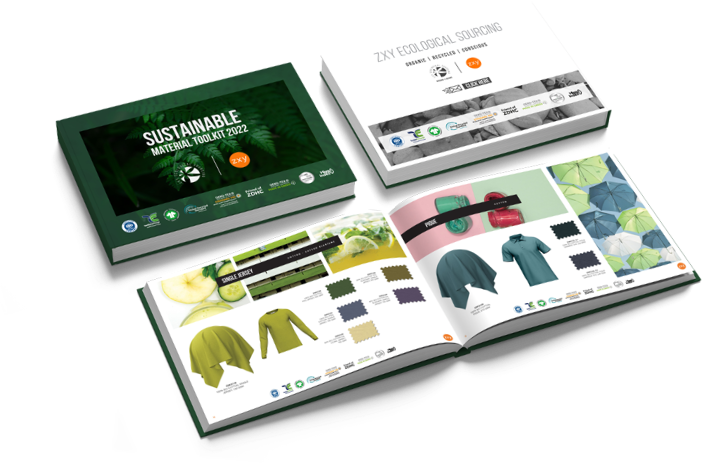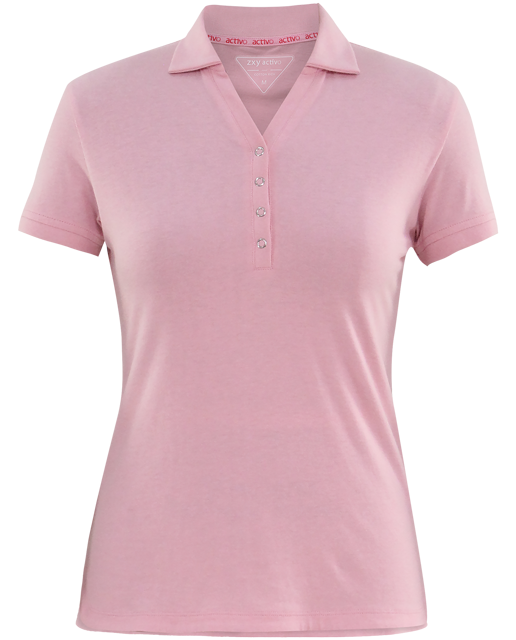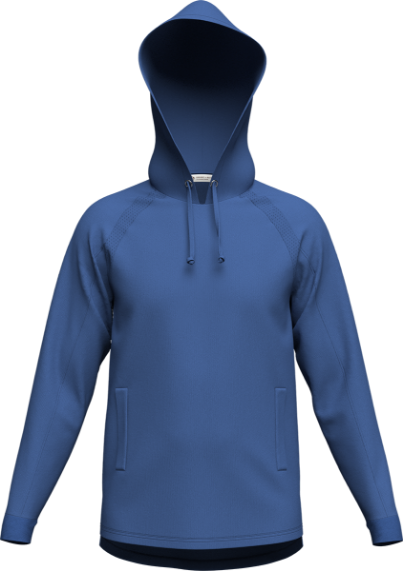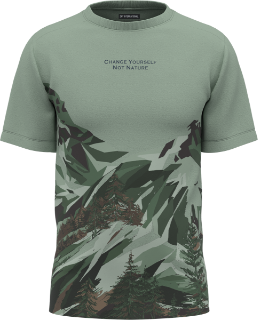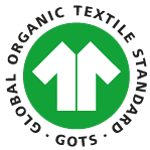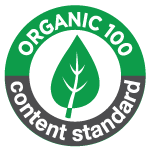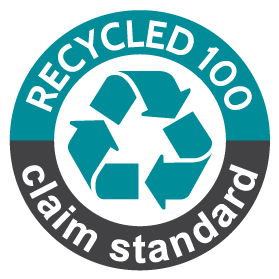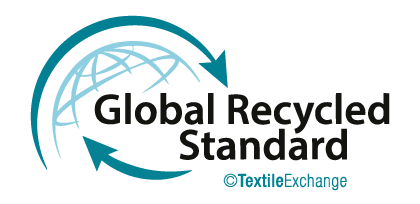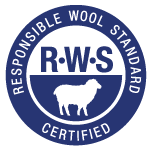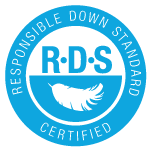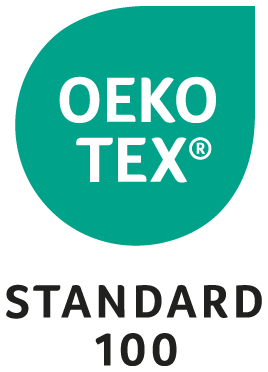Product Development
During the product development process, we strictly monitor a checklist of product attributes to keep exploring opportunities for development and innovation, and challenge ourselves to outrun previous standards.
It is during this process that we analyse your product requirement and assess its environmental and social impacts. In addition, we always ask our suppliers to do the same.
ZXY Products
Digital Development
Product Conversion Roadmap
Our development roadmap identifies current customer materials and processes, allowing us to set out a precise path mapping out their journey towards preferred fibre products, and better working practices.
